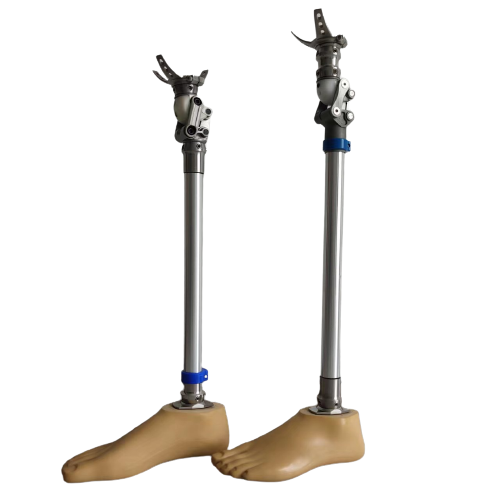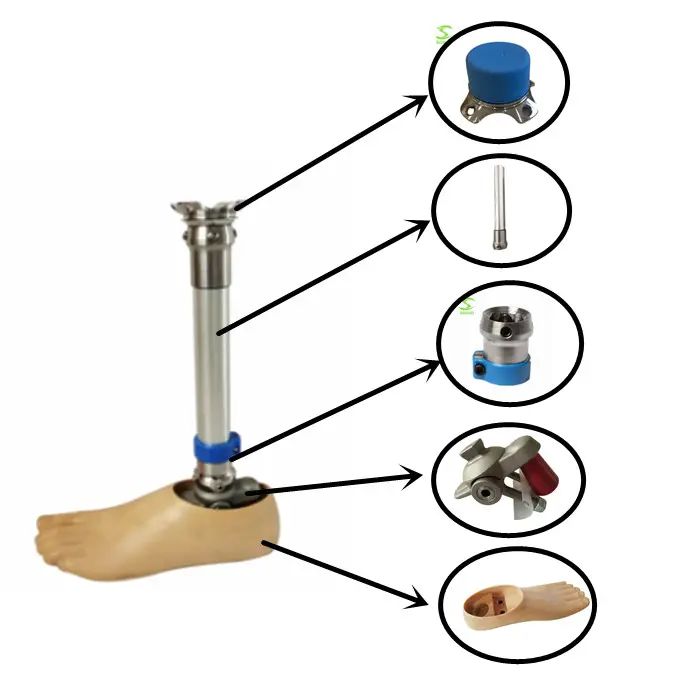The Future of Mobility: Understanding Prosthetic Ankle Joints
Release Time:
May 18,2025
Prosthetic ankle joints represent a significant advancement in the field of medical devices, particularly for individuals who have undergone lower limb amputations. These joints are engineered to replicate the natural movement of a healthy ankle, allowing users to regain mobility and improve their overall quality of life. Understanding the features and benefits of prosthetic ankle joints can help
Prosthetic ankle joints represent a significant advancement in the field of medical devices, particularly for individuals who have undergone lower limb amputations. These joints are engineered to replicate the natural movement of a healthy ankle, allowing users to regain mobility and improve their overall quality of life. Understanding the features and benefits of prosthetic ankle joints can help patients and caregivers make informed decisions about their use.
One of the primary functions of a prosthetic ankle joint is to provide a range of motion that mimics the biomechanics of the human ankle. This includes dorsiflexion (the ability to lift the foot) and plantarflexion (the ability to point the foot downward), which are crucial for walking, running, and other physical activities. Modern prosthetic ankle joints often incorporate advanced technologies, such as microprocessors, which allow for real-time adjustments to the angle and resistance of the joint, adapting to different terrains and activities seamlessly.
Additionally, the design of prosthetic ankle joints has evolved to enhance stability and comfort. Many devices feature adjustable components that can accommodate individual anatomical differences, ensuring a better fit for the user. This customization is vital, as a well-fitting prosthesis can significantly reduce the risk of complications such as skin irritation or pressure sores, which are common issues faced by amputees.
Another essential aspect of prosthetic ankle joints is their role in rehabilitation. The use of these devices not only aids in physical mobility but also plays a crucial part in the psychological well-being of users. By restoring the ability to walk and engage in daily activities, prosthetic ankle joints help individuals regain confidence and foster independence. Moreover, rehabilitation programs often include training on how to use these devices effectively, ensuring that users can maximize their functionality.
It is also important to highlight the ongoing research and development in the field of prosthetic technology. Innovations such as powered ankle-foot prosthetics are being explored to further enhance mobility and reduce the energy expenditure required for walking. These advancements promise to improve the lives of many individuals facing mobility challenges due to limb loss.
In conclusion, prosthetic ankle joints are a vital component of modern rehabilitation and mobility solutions for amputees. By mimicking natural ankle movements and providing stability, these devices empower users to lead active and fulfilling lives. Continuous improvements and innovations in this area will likely result in even better outcomes for individuals who rely on prosthetic technology, making it an exciting field to watch in the coming years.
Keywords:
You Can Also Learn More About Industry Trends






